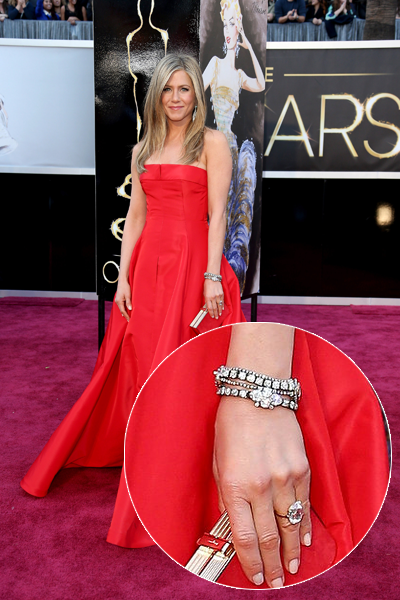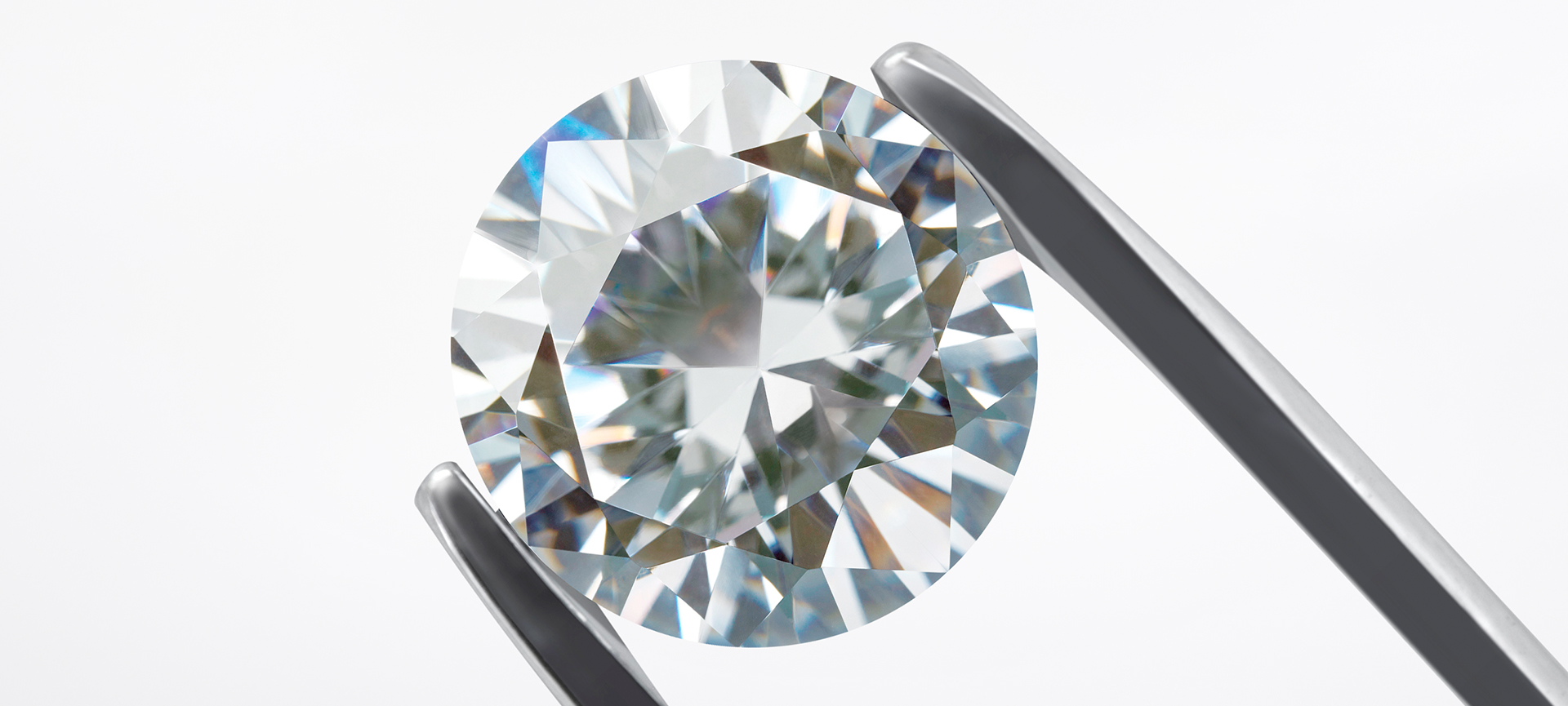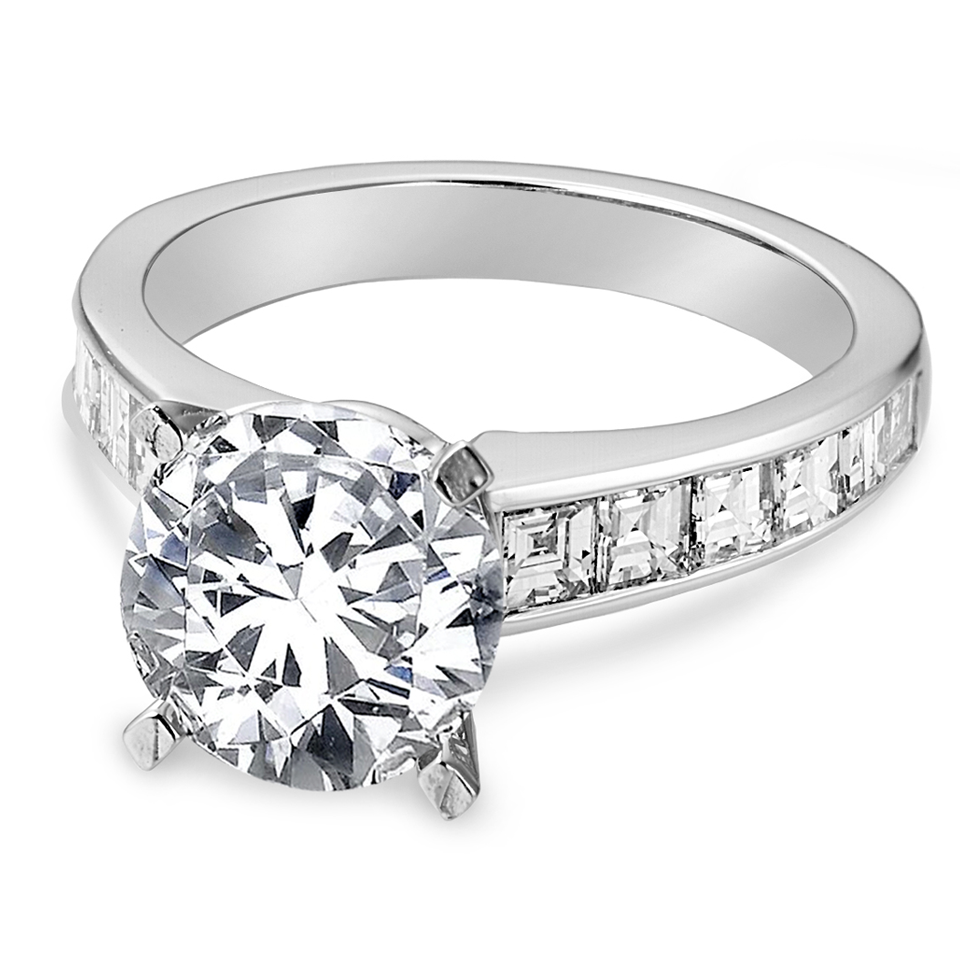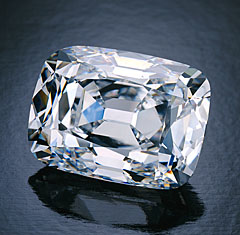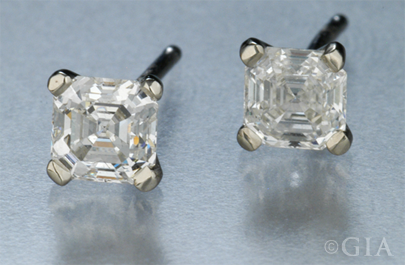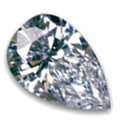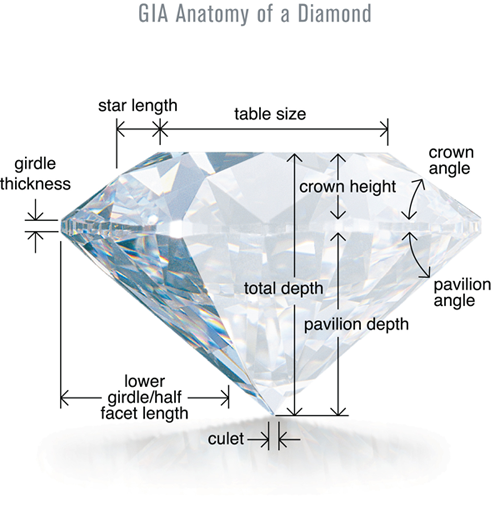As seen during the 2013 Oscars, vintage jewelry and diamonds continue to live in the spotlight, as evidenced by this 19th century oval and cushion cut diamond bracelet worn by Jennifer Aniston. But do you know the storied history behind your favorite vintage diamond cuts? (more…)
